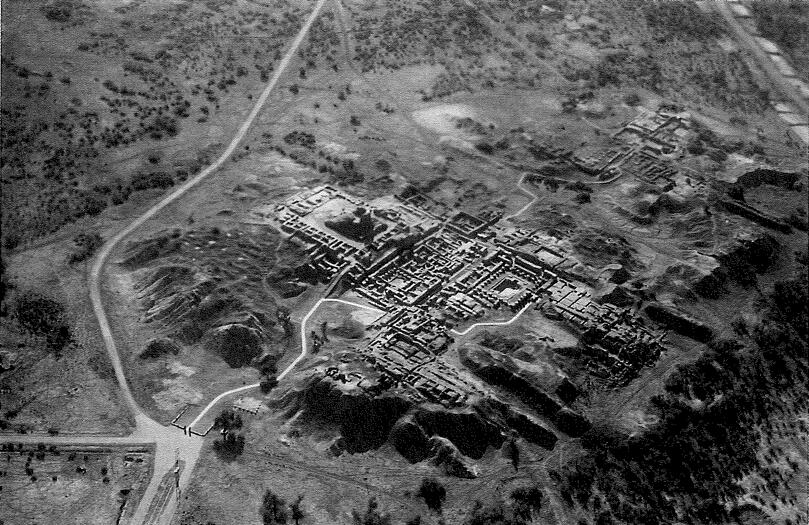This paper studies the formation of craft activity areas in Mohenjodaro. Since 1981, one of the key lines of research carried out by German and Italian archaeologists at Moenjodaro has been the surface evaluation of the craft activity areas of the archaeological complex. In the course of 3 main campaigns (1982-84) at least 50 different sites were singled out across the undisturbed areas of the site, ranging from very small localizations to major complexes up to 6000 sq. m. The general distribution and quantitative evaluation of the detected industrial sites seem to point to a scattered system of small activity areas, generally involved in the intensive production of luxury ornaments or status signs, administrative media and leisure commodities, while the heavy transformational industries definitely appear under-represented or absent from the main compound. This study discusses the contextual variability of the activity areas identified. Vidale and Balista specify that within the archaeological record left by an industrial activity, there are three different classes of artefactual inclusions: (1) archaeological indicators of craft activities; (2) "indirect"indicators of transformational/subsistence activities such as charcoal and fired clay particles, and (3) residues of structures or infrastructures. They proceed to develop a model based on the patterns of these indicators to understand the formation of Mohenjodaro's activity areas.

